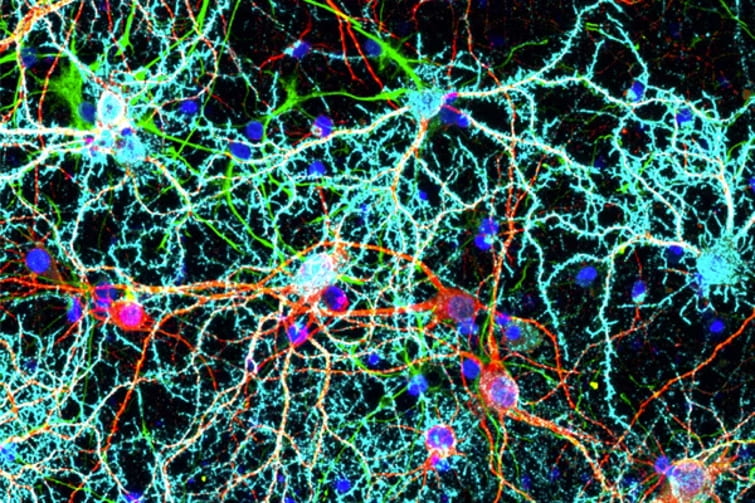Nanomaterials already play a vital role in enhancing the performance of everyday products from electronics to cosmetics to food packaging. But, beyond their usefulness in making images sharper and products more stable, researchers in the McKelvey School of Engineering at Washington University in St. Louis have shown nanoparticles may also be an essential tool in advancing our understanding of the brain and opening new avenues for treating neurological disorders such as Parkinson’s disease and epilepsy.
Srikanth Singamaneni, the Lilyan & E. Lisle Hughes Professor in the Department of Mechanical Engineering & Materials Science, and Barani Raman, professor of biomedical engineering, received a three-year, $570,746 grant from the National Science Foundation to support their work to understand the fundamental mechanisms that underpin interactions between nerve cells, or neurons, and nanoparticles, which can be used to both sense and stimulate neurons.
“There’s a lot of excitement about harnessing the functional properties of nanomaterials – whether that’s magnetic nanoparticles or particles that can absorb light and turn it into heat or many other functions,” Singamaneni said. “Functional nanomaterials could be used for nongenetic modulation of neural activity and for solving some of the biggest challenges associated with diagnosing and treating neurodegenerative diseases.


“Nanoparticles can serve as a valuable toolkit,” he added. “But for that to happen, the fundamental roadblock is we still don’t know how nanoparticles interact with neurons, the fundamental building blocks that form the brain and neural circuits.”
